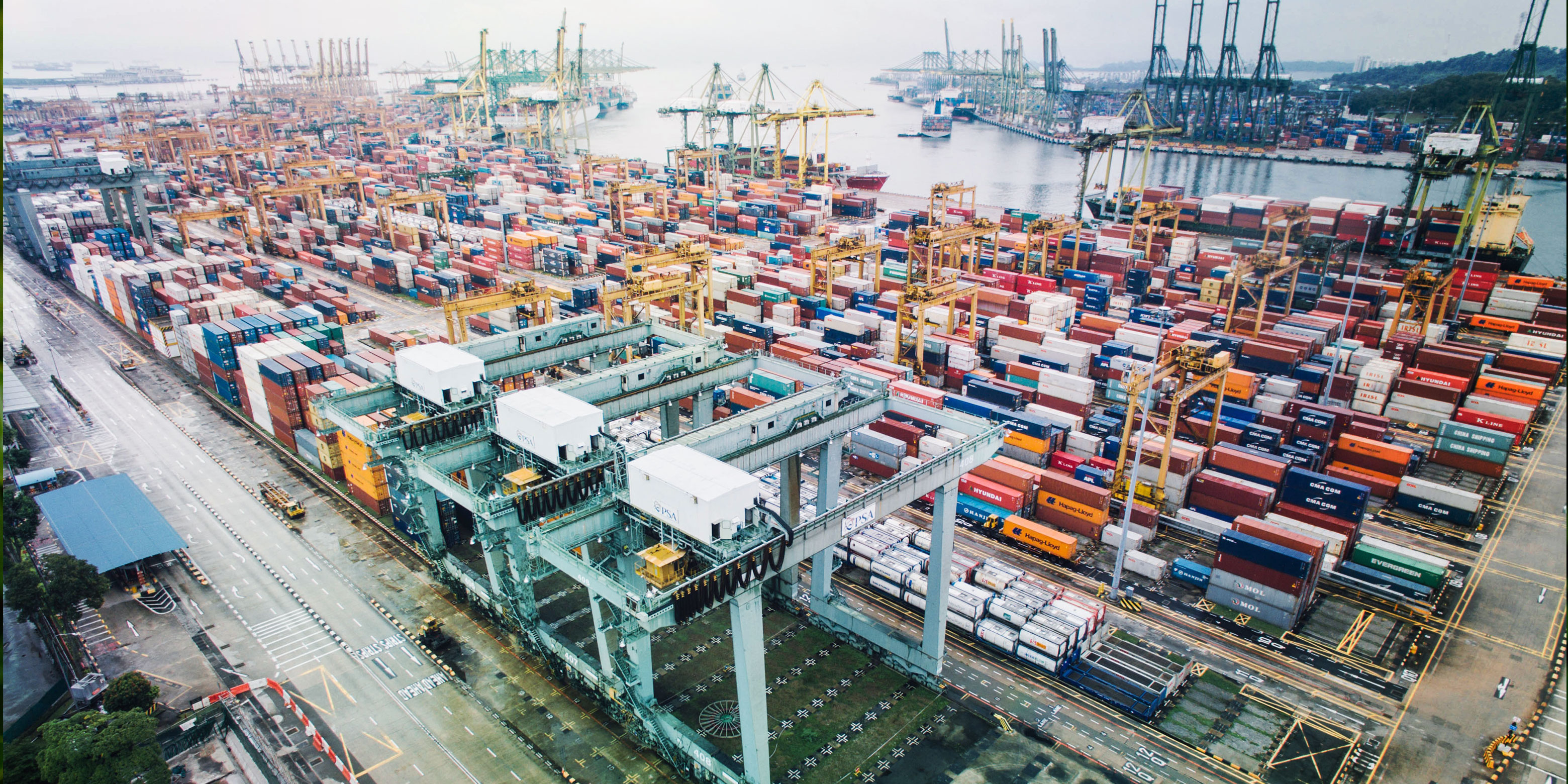NEWS
General Rate Increase (GRI) for Trans-Pacific International Freight
Carriers successfully executed the first round of significant GRI’s (General Rate Increase) on May 1st, 2024 and are looking to continue increasing as a high freight rate strategy to control capacity throughout the second half of the year in the Trans-Pacific market. The Trans-Pacific market includes Southeast Asia and India in regards to rate increases and space capacity. The carriers are controlling the space they allocate to fixed rates in order to capitalize on the higher spot rate pricing. These GRI’s are also an effort to control capacity and minimize containers rolling over to subsequent vessels.

What Causes a GRI?
There are various factors that can contribute to a GRI, with the most common scenarios being:
- Carrier Capacity Constraints: Typically will happen beginning in Q3 into Q4
- Fuel Price: As fuel price rises, carriers may implement a GRI to cover the rise in fuel cost
- Global Events: Some examples are terrorism attacks, war or potential wars, pandemics, etc.
Even with the above scenarios, carriers may still push GRI’s quarterly as needed if there are major factors driving up costs. For example, when carriers go into contract season (signed annually by April) they may be as aggressive as possible on base freight rates to win the business. However, as they assess operational costs and the need to recover potential losses arises, GRI’s are implemented to cover the loss.
Carriers will also shift volume allocation from fixed rates to spot rates to maintain or drive up prices, especially when demand is high. As we approach the summer months, volume demand increases for importers to secure holiday products, prompting carriers to leverage this option and control fixed rate allocation.
Current GRI’s Effects on Paramount Global
Paramount Global is an NVO as well as an importer. Our annual volume of shipments is low compared to the industry, which prevents us from securing fixed-rate agreements.
According to the Journal of Commerce, with the planned GRI increasing around $1,000 per FEU (forty-foot equivalent unit or 40-foot container), the rate after GRI would likely be between $5,000-$5,500 (prior to the inclusion of any other accessorial/handling fees).
GRI Expectations
Carriers are looking to capitalize on the current demand and will implement GRI’s until they see the demand and supply balance. However, rate increases have been trending this year to date such as China-base ports to US West Coast being around $4,600 as of a few weeks ago, which is up from under $3,000 in early April. In addition to cost increases, there may be potential delays and space constraints.
Our freight operations team is closely monitoring the carrier activity and recommends advance bookings and order forecasts to manage these changes in the Trans-Pacific market. Contact us or your account manager for more insight on the potential impact.
Hayley is a marketing professional and copywriter with a background in crafting content for a diverse range of industries. She has been writing about packaging and supply chain logistics for Paramount Global since 2022. She specializes in explaining complex topics in a clear and engaging way and is an advocate for sustainability in packaging and supply chain management.
Read More
For over forty years, Paramount has been delivering perfectly integrated packaging and supply chain solutions.
